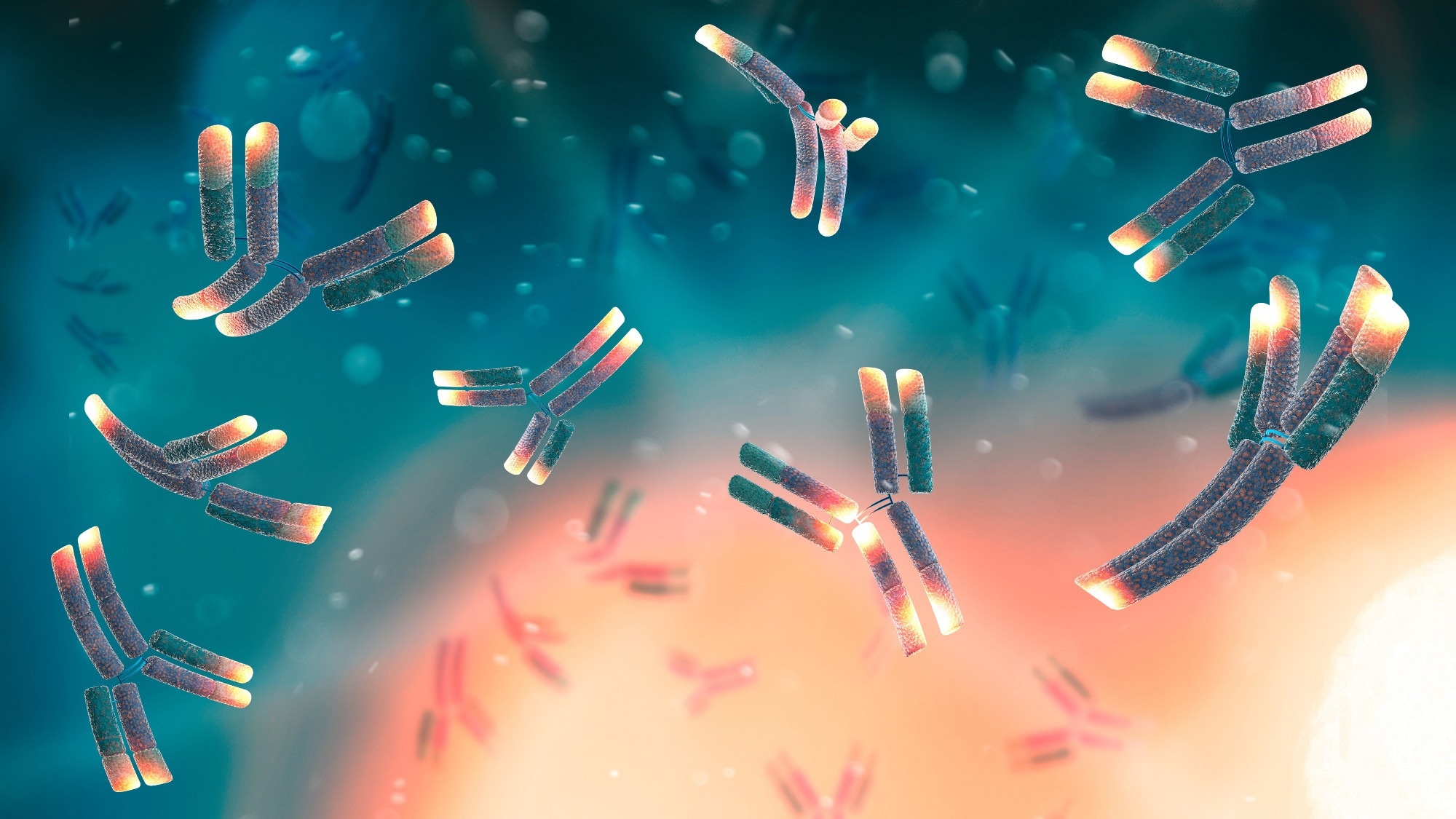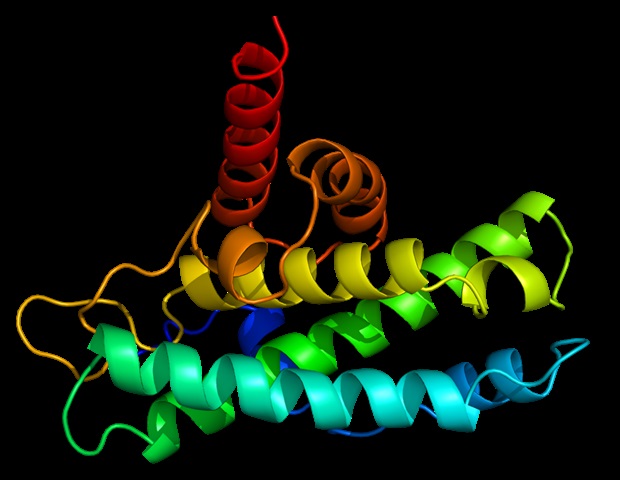THURSDAY, Could 12, 2022
Younger adults who battle to afford meals face an elevated danger of diabetes later in life, probably because of the long-term results of consuming cheaper, much less nutritious meals.
That is the conclusion of researchers who analyzed knowledge on almost 4,000 folks from the U.S. Nationwide Longitudinal Examine of Adolescent to Grownup Well being.
Between the ages of 32 and 42, diabetes charges have been increased amongst those that reported meals insecurity at ages 24 to 32 than those that had no meals struggles at these youthful ages, the examine discovered.
“Once we take a look at the information 10 years later, we do see this separation in prevalence of diabetes: people who skilled danger of meals insecurity at younger maturity usually tend to have diabetes in center maturity,” mentioned lead examine creator Cassandra Nguyen. She is an assistant professor within the Institute for Analysis and Training to Advance Neighborhood Well being at Washington State College.
Earlier analysis has linked meals insecurity with quite a few well being points — resembling diabetes, weight problems and hypertension — however this examine confirmed a connection over time, suggesting a causal relationship, the researchers famous.
The precise causes for the affiliation between meals insecurity and elevated danger of diabetes are unclear, however earlier analysis has proven that meals insecurity typically results in poorer diet.
“Consuming in keeping with the dietary pointers tends to price extra money, and it could price extra time,” Nguyen mentioned in a college information launch. “It is not at all times accessible to households which have limitations resembling transportation to sources of decrease price, nutritionally dense meals.”
Nguyen additionally identified that meals insecurity could create a adverse reinforcing cycle: meals insecurity can lead to a eating regimen that contributes to illness danger, resulting in further well being care bills that additional stress a family’s monetary struggles and trigger worse meals insecurity.
Whereas the researchers discovered racial/ethnic variations, the variety of minorities within the examine could also be too low to show a sample.
The findings have been revealed lately in The Journal of Vitamin.
“It is actually essential to make sure that people who’re experiencing meals insecurity are in a position to be recognized and that they’ve assets made obtainable to them to have the ability to break the cycle,” Nguyen concluded.
Extra info
There’s extra on meals insecurity at Starvation + Well being.
SOURCE: Washington State College, information launch, Could 9, 2022
By Robert Preidt HealthDay Reporter

Copyright © 2021 HealthDay. All rights reserved.

SLIDESHOW
Sort 2 Diabetes: Indicators, Signs, Therapies
See Slideshow














